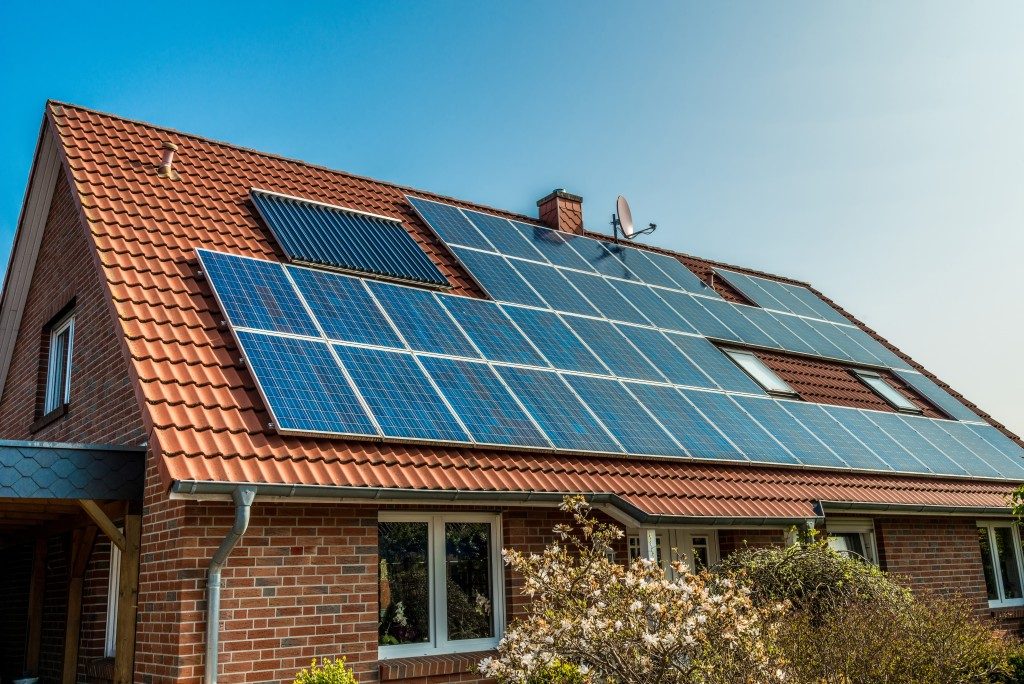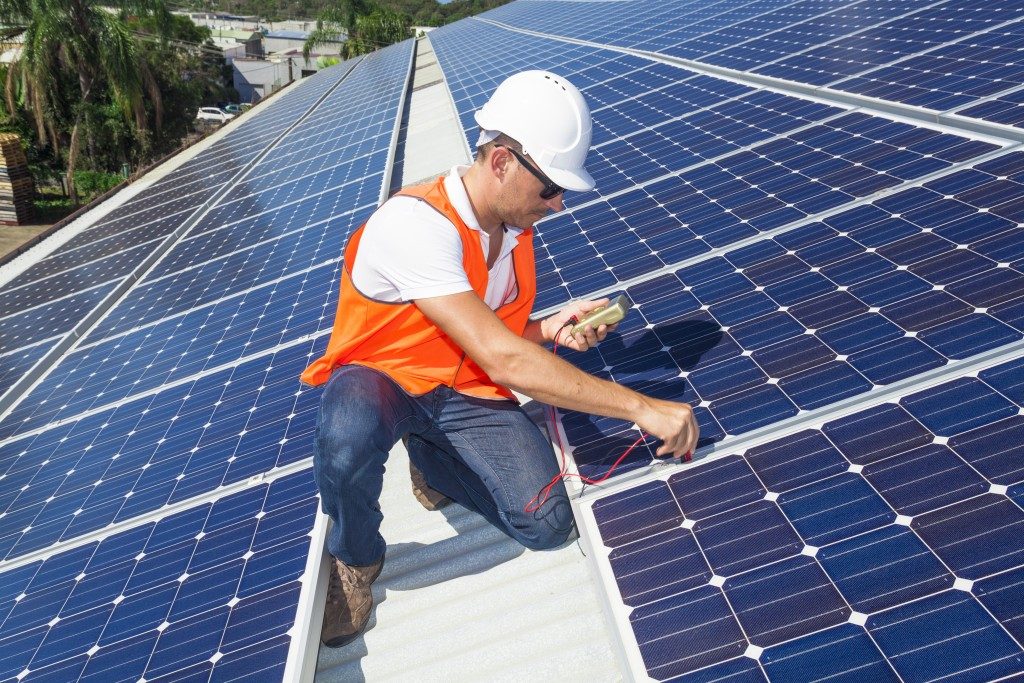More and more homes across the globe are investing in solar panels as a way of taking advantage of the power of the sun. As one of the world’s cleanest energy sources, solar power can help families reduce their overall carbon footprint while cutting back on their utility bills. Solar panel installation, however, is a significant investment, and care must be taken to maximize the energy output of a solar roof over the short- and long-term.
Catching the rays
The most important factor in solar power efficiency is exposure. Precise installation is critical to ensuring that the new array is capable of making the most of sunlight in any given day. Regardless of their number, solar panels must be placed where direct sunlight is consistently hitting their photovoltaic surfaces, allowing for maximum power production.
Installers determine the optimum position of solar panels through several factors. First off, panels should be placed at the sides of the roof that receive the most amount of sunlight for the longest part of the day. Other key considerations in orienting the solar panels include the elevation and position of the home itself.
Panels may be installed prone on the roof through jacks which must be adjusted to receive as much sun as possible. Mobile jacks and solar trackers can also be used to adjust the position of the panels to maximize their electrical output across the day. However, they are not always practical for residential use and are best suited for larger commercial applications.
Reducing shade

Minimizing the amount of shade received by the solar array is also critical. Because most photovoltaic cells in a solar panel are wired in-series, their electricity output overall is reduced when even a few cells are cast in a shadow. This is repeated when the solar panels themselves are wired in series.
To maximize their effectiveness throughout the day, solar panels should be placed away from objects that cast long shadows. Solar arrays themselves should be connected through parallel circuits to ensure little to no reduction in their energy output even in the event of shading.
Panel selection and density
Standard commercial solar panels remain the gold standard when it comes to delivering electrical output. They are relatively easy to install and adjust and produce the most amount of power. Homeowners who wish for a more aesthetically pleasing option can go with solar tiles, which blend in seamlessly with the roof. Better-graded solar panels, with fewer microcracks in the surface, produce more power than their lower-grade counterparts. In addition, they are less likely to cause sparks and are safer to use.
Fill factor is a vital component of solar energy efficiency. The more of the optimum surface area is dedicated to solar panels, the more energy is produced. Homeowners should aim to cover between 70 to 90 percent of the usable space with solar panels. Some specially designed homes may have their whole roofs designed to accommodate the maximum number of solar panels.
Maintenance
Finally, the optimal performance and longevity of a solar panel array are also dependent on occasional periodic maintenance. Dust and other debris do gradually coat the surface, which can impede on the array’s ability to produce power. Because most panels are self-maintaining, they would rarely need to be hosed down periodically and may not need to be cleaned during rain.
